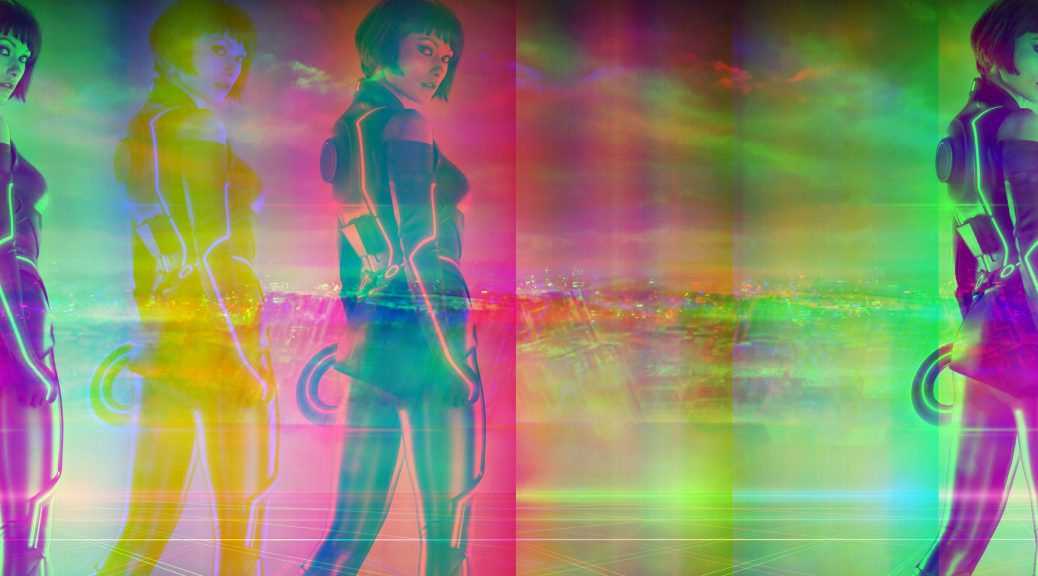De-figuring and Blurring Bodies from Cinema to Data Moshing
DOI:
https://doi.org/10.62336/unibg.eac.32.503Parole chiave:
Blurred Images, Blurred Cinema, De-figuration, Low Definition, Data Moshing, Media SemioticsAbstract
In the post-medial era of maximum digital definition of images (Eugeni 2015; 2021), a part of the aesthetic research on images work on the modes of the indistinct and indeterminate, the formless and the blurred (Dusi 2013; 2019). Fictional cinema and TV series, documentary photography that investigates movement and performance, experimental video art that works on the limits of vision, use operations of “imperfect” visibility dominated by a subjectification and non-closure of meaning. They decline the modes of filtered or blurred vision, for example alternating montage of sharp and blurred images or using indistinct images within a single frame. Blurring the images is a way to filter the opposition between visible and invisible and between presence and absence. It complicates the game between real and virtual, opening the audio-visual media products to the drift of interpretations and the vertigo of potential worlds. For some directors (i.e. David Lynch) this type of imperfect vision and the mechanisms of de-figuration by blurring or rarefaction are a way of narrating the loss of identity of the subject (Ricoeur 1990) and become structural mechanisms that affect representation. Nowadays we also face a new manipulation of moving images, producing melted and liquefied images, a collective and playful sharing of a practice that until ten years ago was considered experimental. It is the case of data moshing and glitching, actually an exercise in rewriting and manipulating the algorithms and an intervention on the digital medium that reveals its capacity for decomposition and manipulation of the image.

Downloads
Pubblicato
Come citare
Fascicolo
Sezione
Licenza
Copyright (c) 2024 Elephant & Castle

TQuesto lavoro è fornito con la licenza Creative Commons Attribuzione 4.0 Internazionale.





